Think you know where California is? Think again, says a Mexican activist
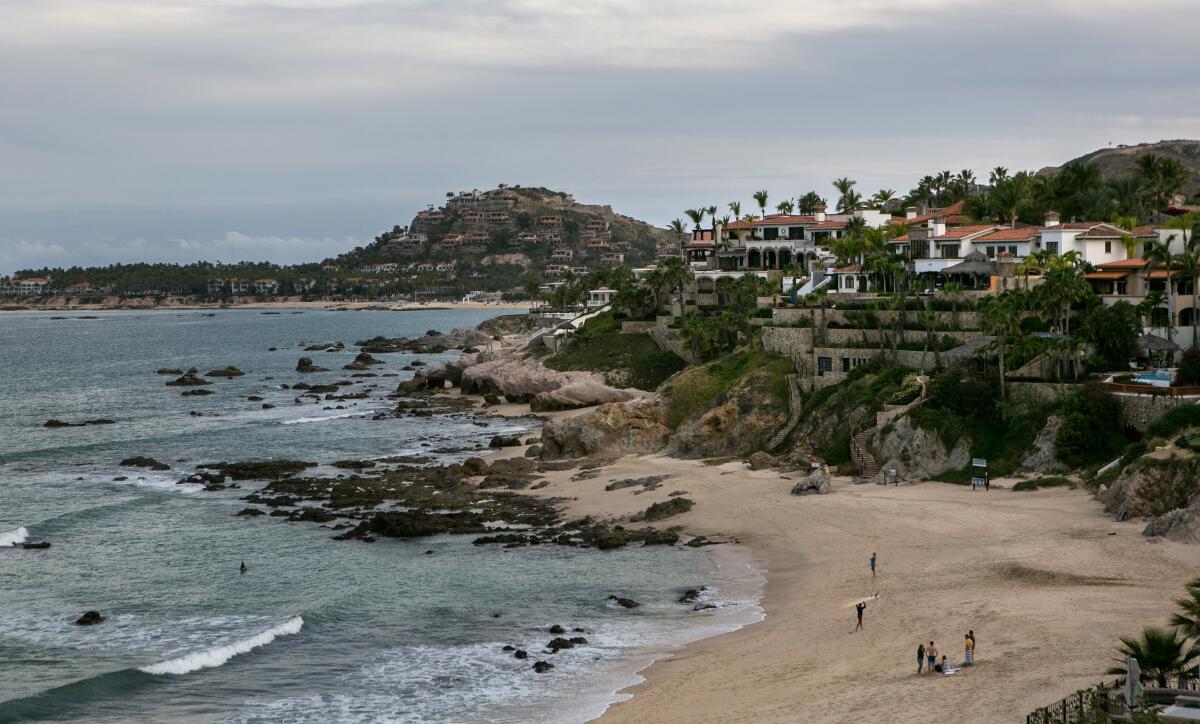
- Share via
SAN JOSE DEL CABO, Mexico — Cuauhtemoc Morgan Hernandez loves the breathtaking beaches and rugged desert landscape of the skinny Mexican peninsula known throughout the world as “Baja.”
Just don’t let him hear you call it that.
Yes, his home state is Baja California Sur. But hundreds of years ago, it was simply California, the first place on Earth to have that name.
To Morgan, a bespectacled 53-year-old journalist in the beach city of San Jose del Cabo, it feels like a historic injustice that the name is now claimed by the 31st U.S. state.
And so last year he launched a long-shot campaign to persuade the leaders of Baja California Sur to lop off the Baja and lose the Sur.
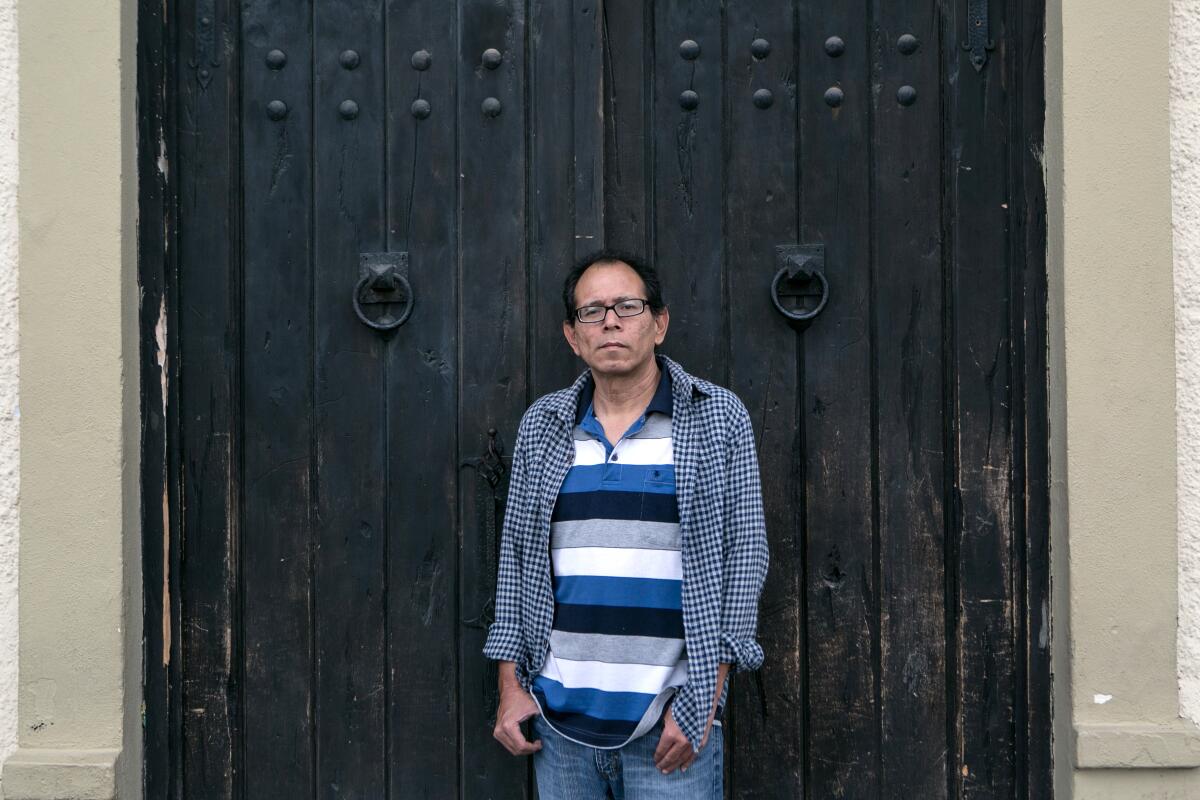
“It’s time to return to our original name: California,” he wrote in a May petition to lawmakers in which he dismissed Baja as a “mutilation” pushed by corporate interests to sell the region to tourists.
The state legislature has paid little heed to his petition. But he’s had some luck convincing fellow citizens.
Several local media outlets have begun using California instead of the state’s full name in their articles, and a group of local historians has endorsed Morgan’s cause.
It is by no means a mass movement, but Morgan’s idea is gaining traction. That is because the battle, it turns out, is about much more than just a name.
In recent decades, the state has become so packed with Americans that real estate prices are set in dollars instead of pesos. Its booming tourism industry has attracted tens of thousands of itinerant workers from other parts of Mexico, who bring with them their own food, music and other cultural traditions.
“It’s a fight to recover our identity,” Morgan said. “If we lose the name California, we lose our history.”
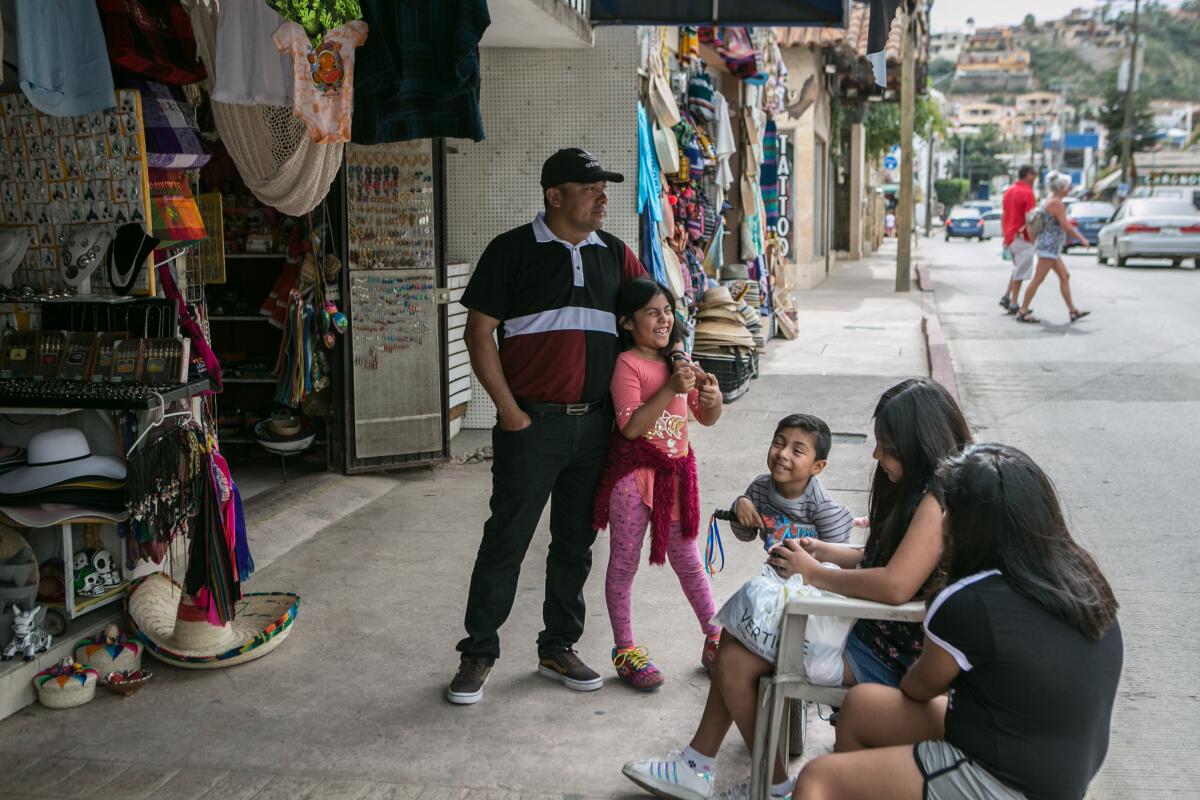
The exact origin of the name California was long disputed, with some historians claiming that it was derived from the Latin phrase calida fornax, which means hot furnace.
The consensus among academics today is that it came from a 16th century novel, “The Adventures of Esplandián” by the Castilian author Garci Rodríguez de Montalvo, which described an island called California known for its natural riches and a tribe of powerful, Amazon-like women.
Historians say that Spanish conquistadors familiar with that book used the name California for the first time around 1535, when they landed on the peninsula and began the first in a series of violent confrontations with local tribes.
According to Mexican historian Carlos Lazcano, the name California wasn’t applied to what is now the American state until 85 years later.
For a long time, the Spanish used California to refer to the whole region — from the southern tip of the peninsula to what is now the Oregon border.
Catholic missionaries who arrived in the 1700s to convert the native population eventually divided the territory in two, calling the northern part Alta California, and the southern peninsula Baja California.
The United States took Alta California in the 1848 Treaty of Guadalupe Hidalgo, which ended the Mexican-American War. Two years later, Alta California dropped the Alta and became a state.
Baja California was one Mexican territory until 1930, when it was split into two parts that eventually gained statehood. The northern part kept the name Baja California, while the southern part eventually became Baja California Sur.
The region long remained sparsely populated, a place where many residents felt forgotten by the federal government.
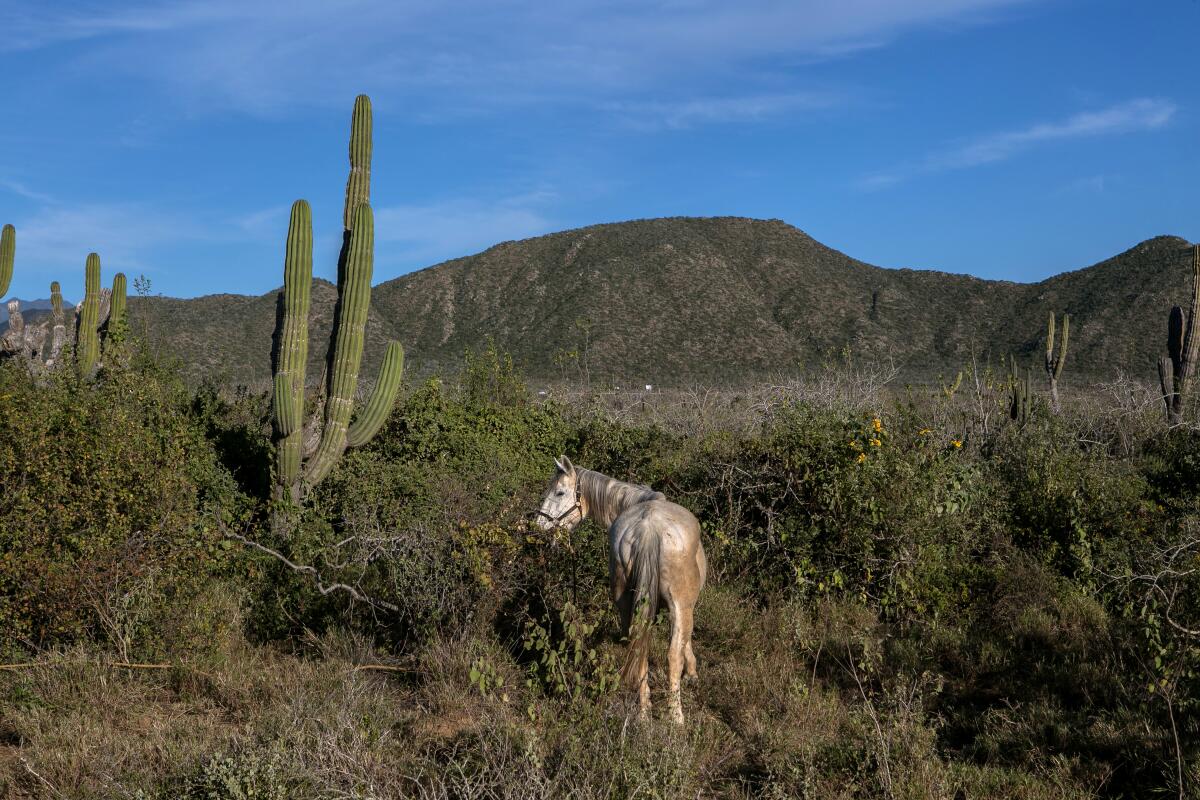
The population began to grow thanks to waves of immigrants, including thousands of Chinese who couldn’t enter the U.S. because of xenophobic immigration policies.
Verónica Castillo-Muñoz, a history professor at UC Santa Barbara, said the region’s identity has always been complex and heavily influenced by people who come there from other places.
“Even for people who claim to be from Baja California, their parents often came from somewhere else,” she said.
In Morgan’s case, he was born at the top of the peninsula, in the border city of Mexicali, to parents from the state of Michoacan.
Eventually the family moved south to the city of La Paz, where Morgan’s father founded a newspaper and became so transfixed with the history and beauty of his adopted home that he named one of his daughters California.
The region had long been a tourist destination for Americans drawn to its beaches and world-famous sportfishing. Bing Crosby, Clark Gable and Dwight D. Eisenhower all vacationed there.
But in the 1970s, development kicked into overdrive.
The government enticed American hotel chains to build on the beaches, and mega-resorts soon spread along the coast. Baja California Sur regularly boasted one of the best economies in Mexico — it currently posts economic growth six times the national average.
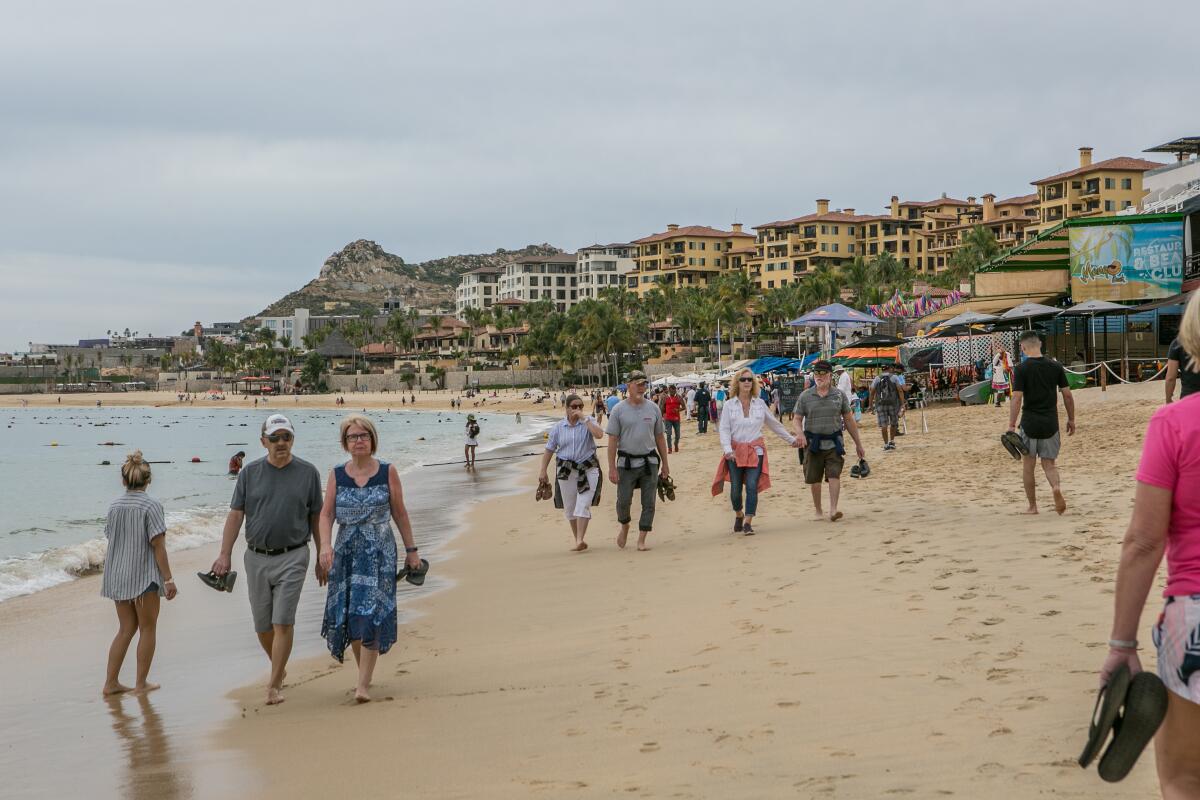
The region’s boosters adopted a catchy new term — Baja — to market the region to American and other tourists. Calling it Baja California Sur might confuse them.
Almost immediately, there was a backlash. In 1982, state lawmakers considered fining businesses that referred to the region as just Baja, instead of using the state’s complete name. Ultimately they voted against that plan.
The rapid increase in development didn’t sit well with some locals.
The glut in jobs attracted people from around Mexico, especially those from poor southern states such as Guerrero and Oaxaca. Mexicans who had been living in the region longer complained that the newcomers didn’t care to integrate. Many simply made their money and went home.
Documentary filmmaker Gabriel Fonseca Verdugo fondly remembers childhood camping trips to the beach with his family every Easter week in the 1960s and 1970s.
The long strip of hotels makes it difficult for locals to access the beach today. Demand for fresh-caught fish is so high among tourists, many residents can no longer afford it.
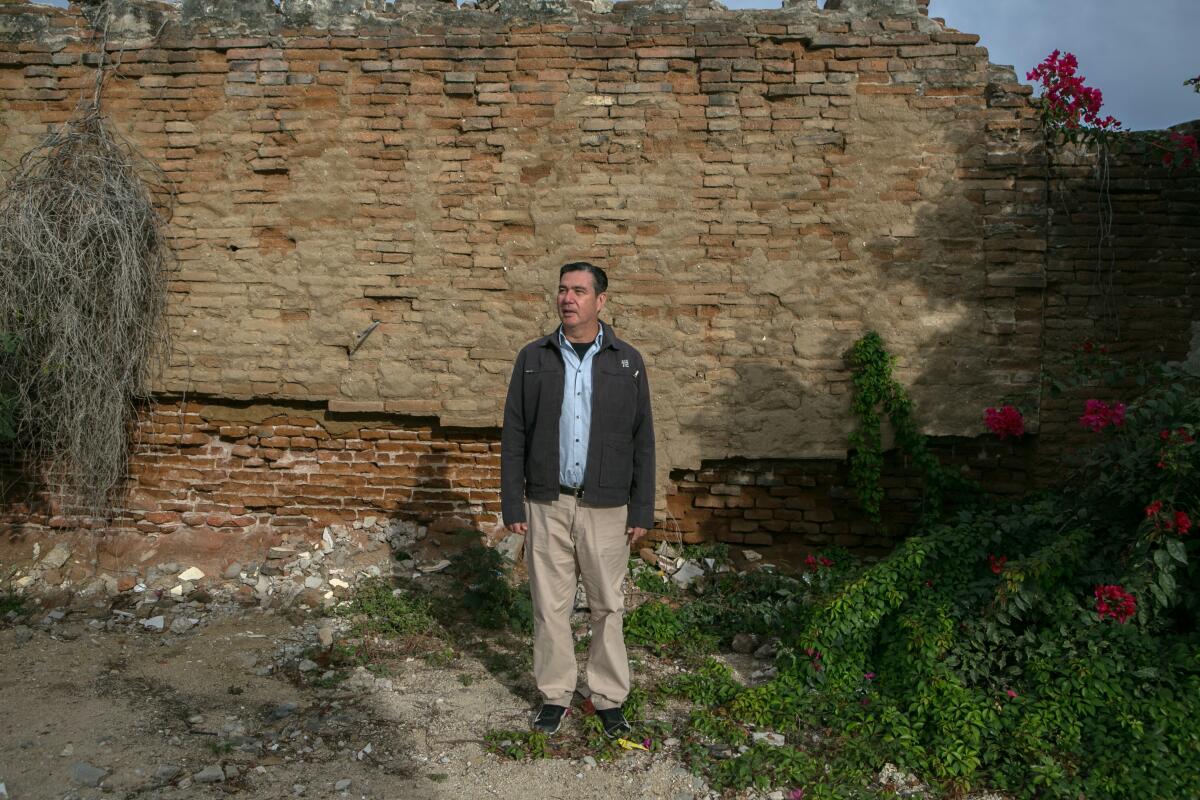
“Once all the tourism development arrived, people started selling this place as a destination,” Fonseca said. “The idea of this place as a community disappeared.”
Several times a year, Fonseca accompanies a local historian to area public schools, where they educate students about the state’s past.
On a recent morning, he and Morgan met for coffee and molletes — hunks of bread smothered with beans and cheese — in the historic square of San Jose del Cabo and swapped stories about the region’s history.
At a time of growing nativism worldwide, Morgan said, he doesn’t want to appear intolerant. His desire to reclaim the name California is about honoring the past, he said, and not about trying to make people feel unwelcome.
Fonseca said he supports the name change but more importantly just wants a sense of community restored. He recalled Hurricane Odile, the 2014 storm that hammered the region.
“People needed each other’s help then,” he said. “But neighbors didn’t even know each other’s names.”
As they talked, the square began to fill with the lunchtime crowd. Both locals and sun-beaten tourists taking a break from the beach crowded the historic adobe buildings that have been converted into restaurants, pharmacies and souvenir shops.
Morgan enumerated some of the questions he’s fielded about the California proposal — and explained his answers.
What should the Mexican state above him be called?
Alta California.
Why should the region revert to a name given by Spanish conquerors, instead of one honoring the traditions of the peninsula’s native peoples?
There were multiple tribes in the region who used different names, and it wouldn’t be fair to choose just one.
And then there is the question he hears most.
If the lower peninsula regained the name California, what would happen to the American state?
Brazil, Colombia, Peru and Venezuela all have states or regions named Amazonas, and there is no confusion.
Morgan thinks residents of the Golden State would eventually adjust if Baja California Sur also became plain old California.
“Over time,” he said, “they’ll just come to know it as California, Mexico.”
More to Read
Sign up for Essential California
The most important California stories and recommendations in your inbox every morning.
You may occasionally receive promotional content from the Los Angeles Times.











